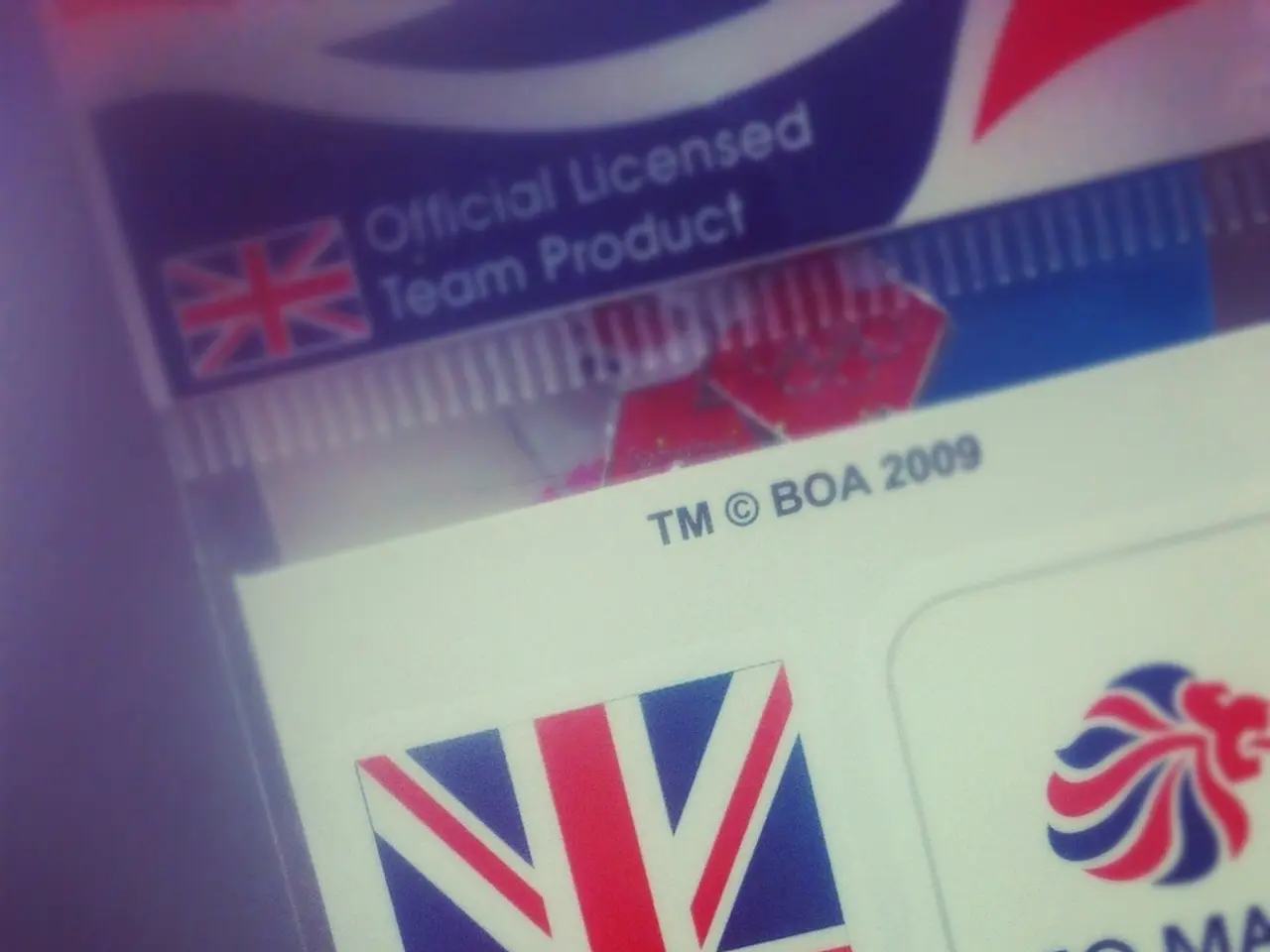Struggling Young Americans Drowning Under Mounting Credit Card Debts with Delinquency Rates Approaching 10% in Q2
In the ever-evolving world of personal finance, a significant shift is taking place, with potential far-reaching consequences for young Americans. The increasing use of "buy now, pay later" (BNPL) services could have a substantial impact on young Americans' credit scores and overall financial stability[1][2][4][5].
One of the key concerns is the impact on credit scores. BNPL loans, which were previously absent from credit reports, will now be included in major credit scoring models like FICO, starting from late 2025[1][4][5]. While paying BNPL installments on time could slightly increase or have no impact on credit scores for many users, potentially helping individuals build credit history, especially those new to credit[1][4][5], missed or late payments on BNPL loans can seriously damage credit scores, leading to negative marks that can linger, similar to traditional loans[1][2][5].
Reports show that a rising percentage of BNPL users already pay late, with over 40% admitting to missed payments[5]. Experts warn that without proper consumer education, increased BNPL usage could trigger a credit "catastrophe," harming many consumers financially[2].
The consequences extend beyond credit scores. Poor BNPL payment management can worsen overall financial health and stability, as credit scores influence not just loan eligibility but also interest rates, insurance premiums, housing, and even employment opportunities[3].
Current credit scoring models are adapting slowly to reflect modern financial behaviors like BNPL use, and critics call for more inclusive data capturing real-time transactions to fairly assess creditworthiness. Full modernization might take a decade or more, causing ongoing challenges for younger consumers reliant on BNPL[3].
To mitigate negative effects, experts emphasize paying BNPL loans on time in full to avoid detrimental credit impacts[1][2], keeping the number of simultaneous BNPL obligations low to prevent accumulating debt and increasing financial strain[1], and increasing consumer understanding of BNPL terms and potential risks to prevent careless borrowing[2].
As of June 2025, the unemployment rate for recent college graduates was the highest in more than a decade, excluding the pandemic[6]. With Gen Z facing increasing financial pressures, the usage of BNPL among members of this generation has accelerated in the last year after three years of slowing growth[7]. Typical BNPL purchases range from $600 to $1,000, but are now extending to even smaller purchases like a cup of coffee[7].
Interestingly, the article does not provide information on the potential effects of credit card interest rate caps on the national unemployment rate or overall credit card debt[8]. However, it is worth noting that as of the second quarter of 2025, Americans' credit card balances totaled $1.21 trillion[9], and young Americans continued to make up the largest share of those transitioning into credit card delinquency[10]. Nearly 10% of credit card balances held by Americans aged 18-29 became 90 or more days overdue in the same quarter[10].
In conclusion, while BNPL services can help young Americans build credit if used responsibly, their expanding role in credit scoring systems raises concerns about greater exposure to credit damage and financial instability from missed payments or overextension. Responsible use and enhanced consumer education will be essential to avoid adverse outcomes[1][2][5].
References:
- https://www.cnbc.com/2021/09/29/affirm-will-report-payment-history-to-credit-bureaus-starting-in-2022.html
- https://www.nytimes.com/2021/09/29/business/affirm-credit-reporting.html
- https://www.pymnts.com/credit/2021/affirm-credit-reporting-impact-on-credit-scores/
- https://www.cnbc.com/2021/09/29/affirm-will-report-payment-history-to-credit-bureaus-starting-in-2022.html
- https://www.nytimes.com/2021/09/29/business/affirm-credit-reporting.html
- https://www.bls.gov/opub/ted/2021/unemployment-rate-for-recent-college-graduates-reached-a-14-year-high-in-june.htm
- https://www.cnbc.com/2021/09/29/affirm-will-report-payment-history-to-credit-bureaus-starting-in-2022.html
- https://www.cnbc.com/2021/09/29/affirm-will-report-payment-history-to-credit-bureaus-starting-in-2022.html
- https://www.cnbc.com/2022/07/15/consumer-credit-card-debt-hit-an-all-time-high-in-the-second-quarter.html
- https://www.newyorkfed.org/medialibrary/interactives/householdcredit/data/pdf/hqr1.pdf
- The inclusion of BNPL loans in major credit scoring models like FICO, starting from late 2025, could significantly impact young Americans' credit scores and overall financial stability, as missed or late payments can lead to negative marks similar to traditional loans.
- As the usage of BNPL among young Americans, particularly Gen Z, has accelerated, experts warn that increased BNPL usage without proper consumer education could trigger a credit "catastrophe," leading to financial instability due to accumulated debt and damaged credit scores affecting loan eligibility, interest rates, insurance premiums, housing, and employment opportunities.
- To ensure financial stability, it's crucial for young Americans to pay BNPL loans on time in full, keep the number of simultaneous BNPL obligations low, and increase their understanding of BNPL terms and potential risks to prevent careless borrowing, which could result in negative credit impacts and debt accumulation.




